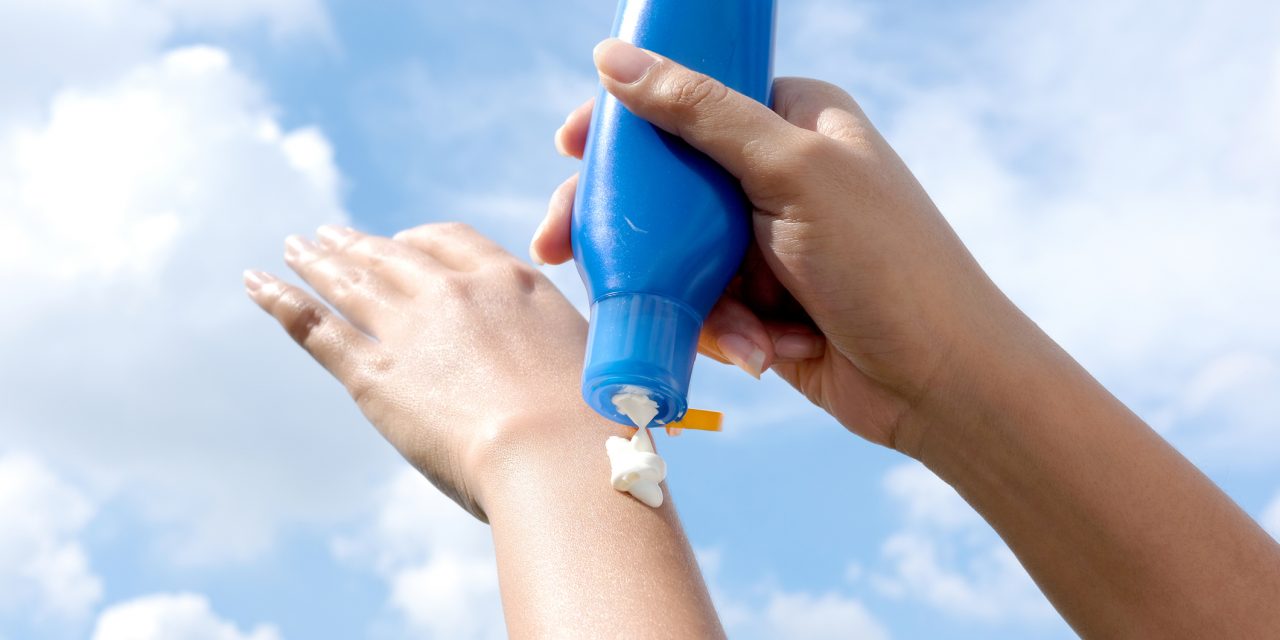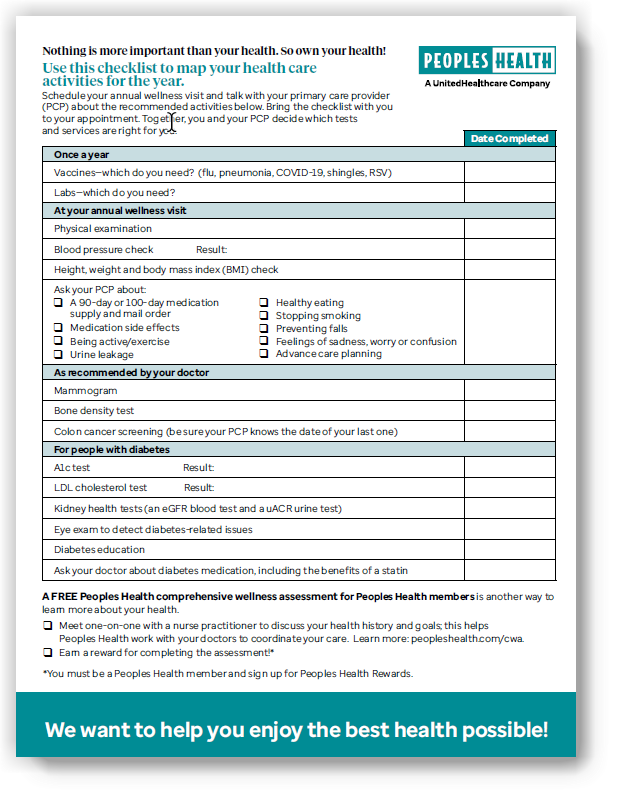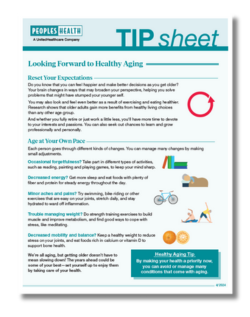Expand the sections below to find out if the statements about sun protection are true or false.
Sunscreen should have UVA and UVB protection.
True: Look for broad spectrum protection to filter both types of ultraviolet radiation (UV rays) and protect against skin cancer.
One application of sunscreen lasts all day.
False: Sunscreen should be reapplied throughout the day, and SPF—or sun protection factor—can help you know how often. For instance, SPF 30 can offer 300 minutes of protection, but the sunscreen will start to rub off before then. So reapply often, at least every two hours. Also, reapply immediately after swimming, toweling off or heavy sweating.
You should use the highest SPF possible.
False: Higher SPF does not always mean better protection. If you apply generously and often, you may not need more than SPF 30, which protects against 97% of the sun’s rays. A higher SPF may only increase protection by a small amount.
A little dab of sunscreen goes a long way.
False: For full protection, apply about 1 ounce (two tablespoons).
You can get sun damage on a cloudy day.
True: Your skin soaks up UV rays even on cloudy days or while driving with the windows down.
Sunscreen is better than covering up.
False: While sunscreen is vital and should be used, still cover up with lightweight, tightly woven clothing and a hat.
Read more about protecting your skin this summer:
www.uhc.com/news-articles/healthy-living/sunscreen-spf-myths-facts










